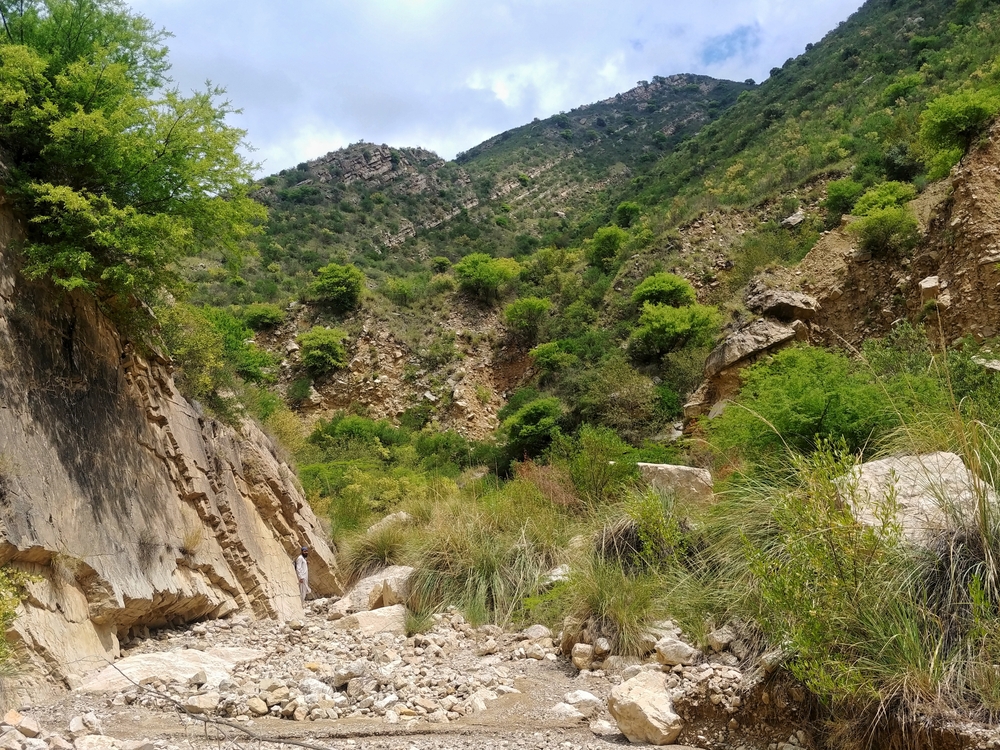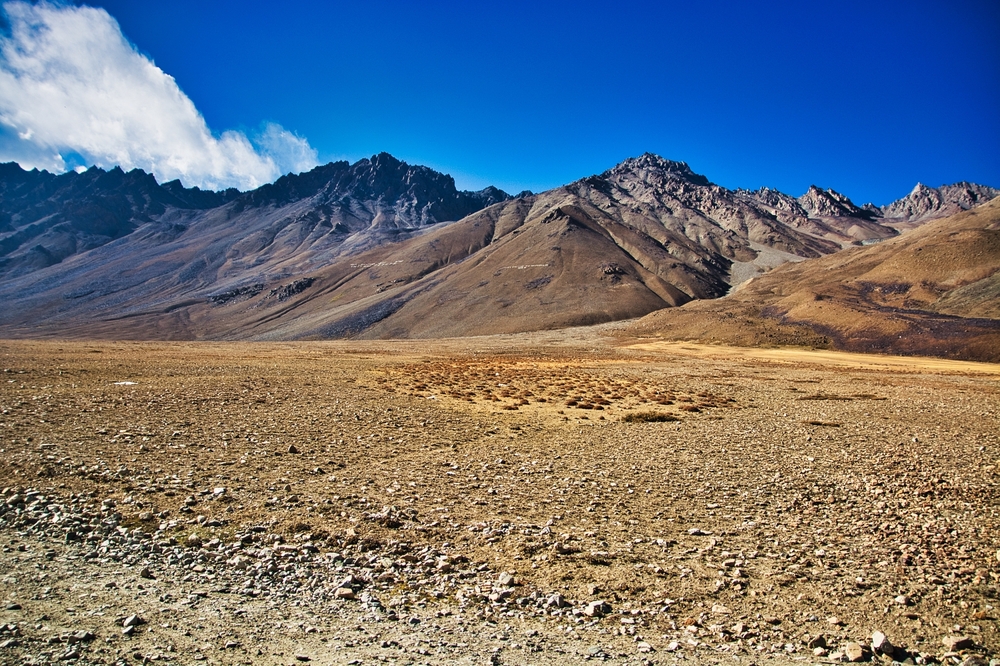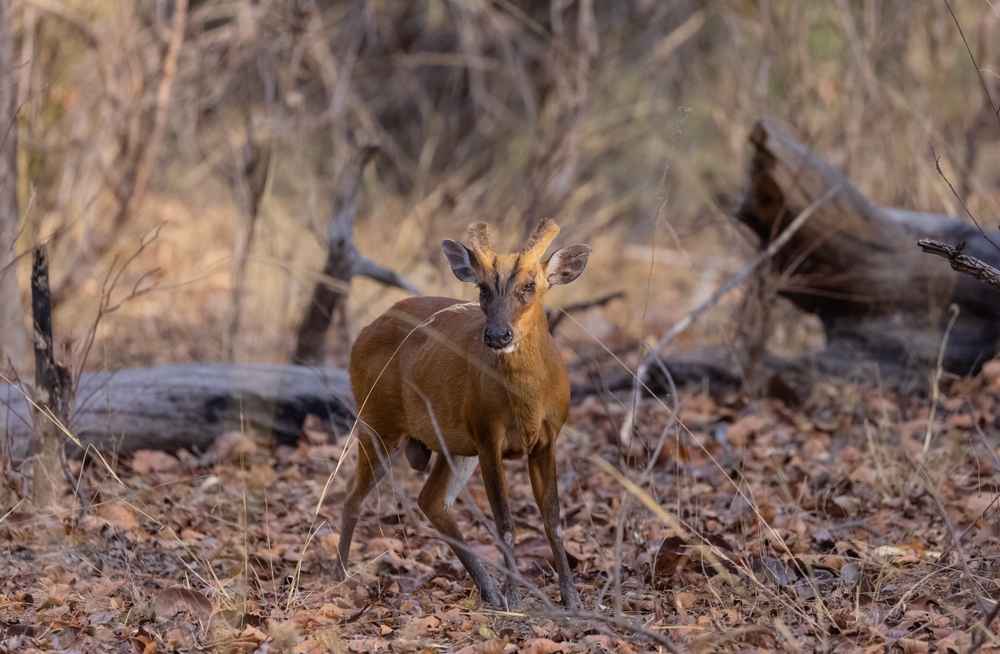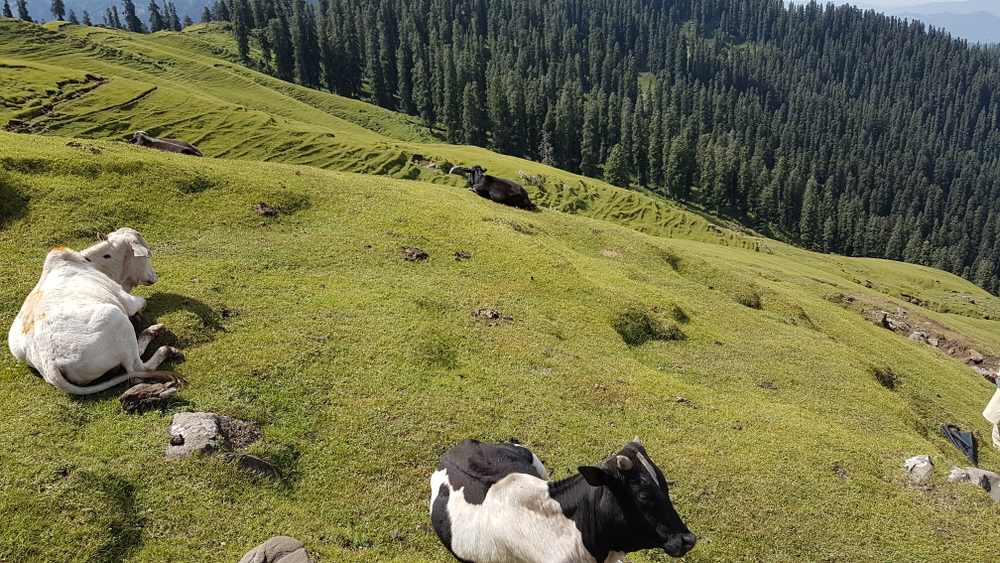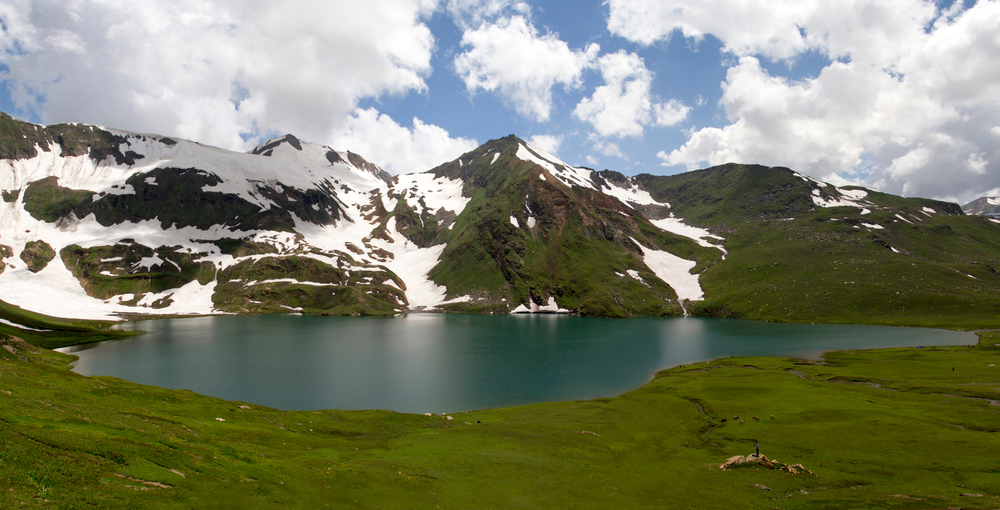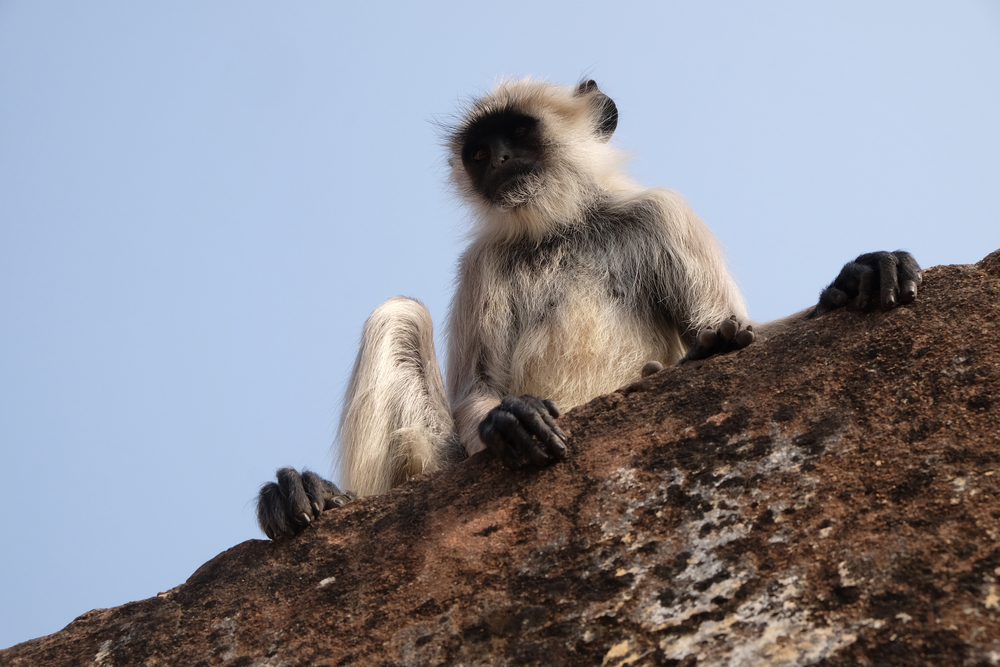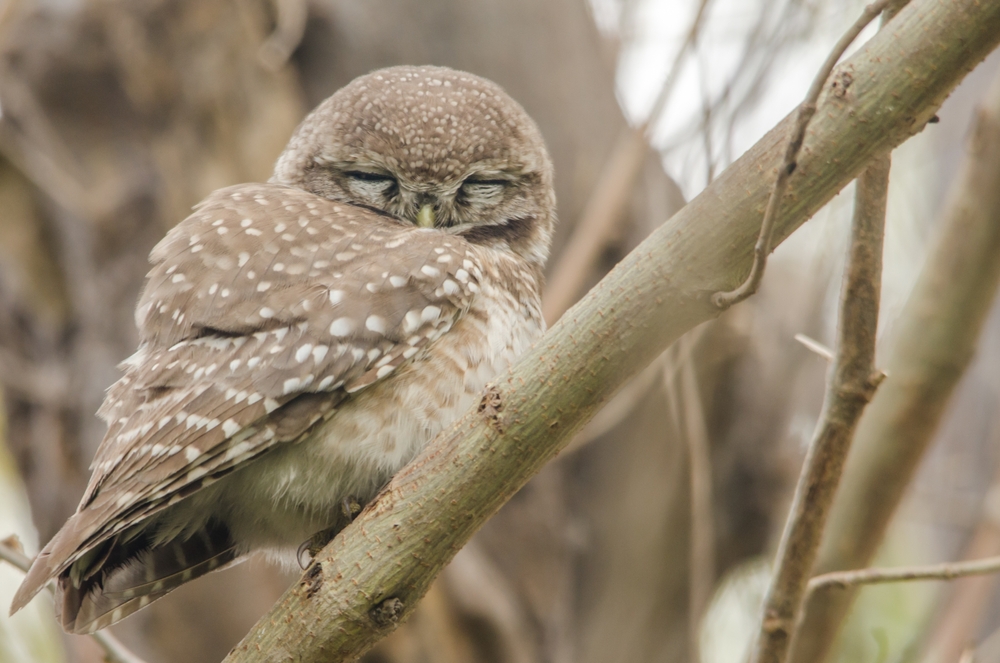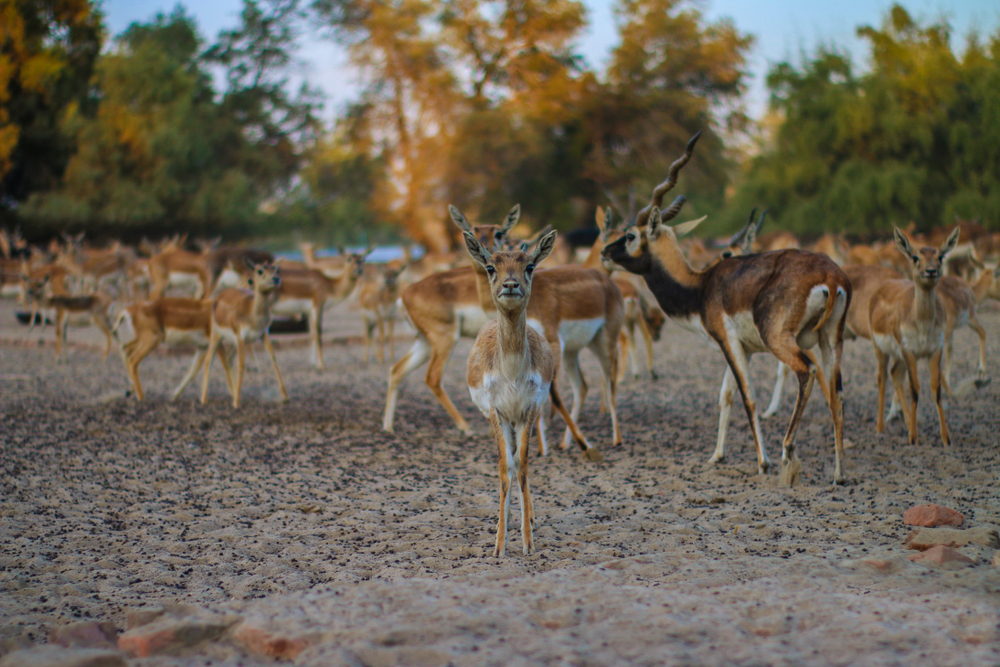Sheikh Badin Overview
Sheikh Badin National Park, locally known as شیخ بادین نیشنل پارک, is a remote and ecologically significant protected area located in the Dera Ismail Khan District of Khyber Pakhtunkhwa, Pakistan.
Spanning approximately 61 square miles (158 square kilometers), the park lies within the Sheikh Badin mountain range, a small offshoot of the Sulaiman Mountains. Officially designated in 2003, the park was established to conserve the area’s distinctive dry forests, unique geology, and native wildlife. Its elevation, historical sites, and relative seclusion make it a rare blend of natural and cultural heritage in southern Khyber Pakhtunkhwa.
The terrain of Sheikh Badin National Park is rugged and uneven, with rocky outcrops, dry ridges, and narrow winding valleys. The park is situated at elevations reaching around 4,500 feet (1,370 meters), offering a cooler climate than the surrounding lowlands.
The hills are dotted with sparse vegetation typical of dry subtropical forests, including species such as phulai (Acacia modesta), wild olives, and sanatha (Dodonaea viscosa). Grasses and herbs grow seasonally after rains, while scattered juniper trees appear in the higher reaches, lending a distinct character to the landscape.
Wildlife in the park is modest but ecologically important, with species well adapted to the arid, rocky conditions. Mammals include the Indian pangolin, jackal, porcupine, wild boar, and Indian hare. Reptiles such as monitor lizards, geckos, and various snakes are commonly seen in the rocky terrain.
The park also supports a variety of birds, including partridges, doves, bulbuls, and raptors like kestrels and black kites. The relative isolation and low human presence allow these species to thrive with limited disturbance.
One of the most distinctive features of Sheikh Badin National Park is the presence of old British colonial-era buildings and structures, including the ruins of a hill station, abandoned bungalows, and a church. These historical remnants add a unique dimension to the park and reflect its past as a summer retreat during the colonial period.
The area also includes the shrine of Sheikh Baha-ud-Din Zakariya, from whom the park takes its name, which draws occasional pilgrims and visitors seeking spiritual connection in the peaceful surroundings.
Visitors experience the park primarily through hiking, sightseeing, and exploring the remnants of the historical hill station. The route to the park involves a steep and winding drive from the lowlands, often requiring a four-wheel drive vehicle, which adds to the sense of adventure.
Camping is possible, and the elevated location offers cool breezes and panoramic views of the plains below. The combination of natural beauty and heritage structures makes it appealing to explorers, history enthusiasts, and nature lovers alike.
Conservation efforts in Sheikh Badin National Park aim to preserve its dry forest ecosystem, protect endangered species like the Indian pangolin, and restore its cultural landmarks. Challenges include neglect of historical structures, illegal logging, and lack of consistent monitoring.
However, recent interest from ecotourism groups and local authorities has led to efforts focused on improving access, raising awareness, and encouraging sustainable visitation. With continued support and community involvement, the park holds great potential as both a natural sanctuary and a site of historical importance.








































































